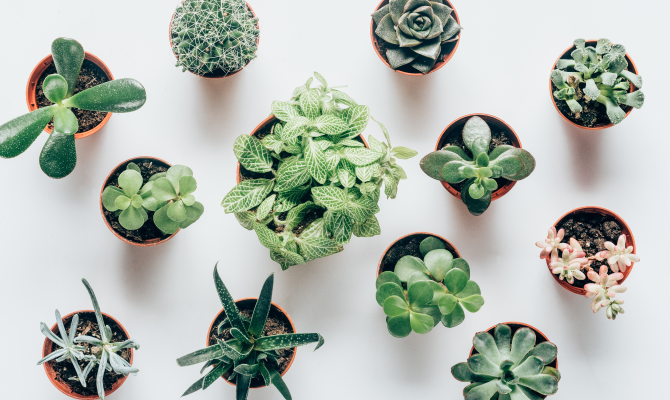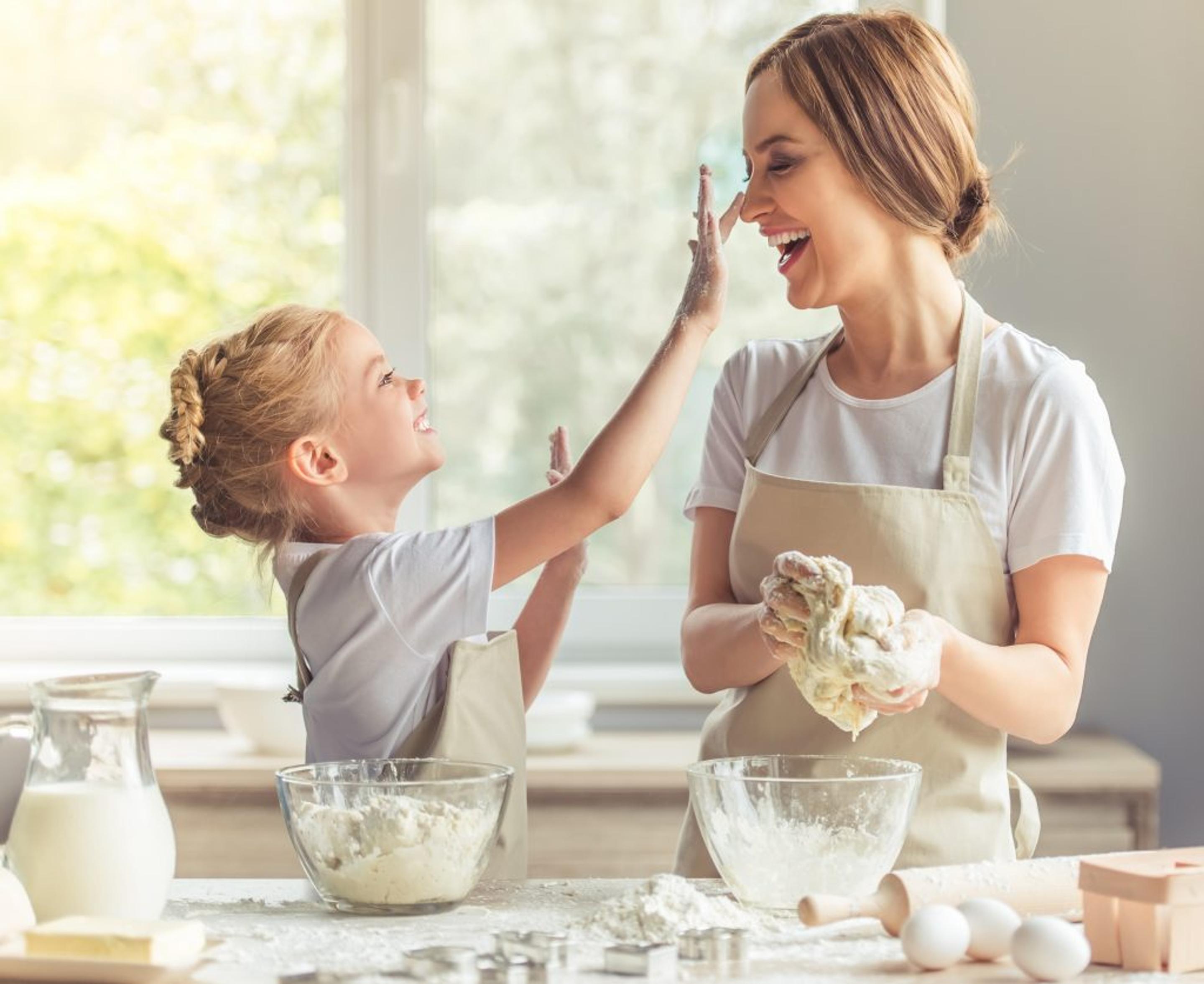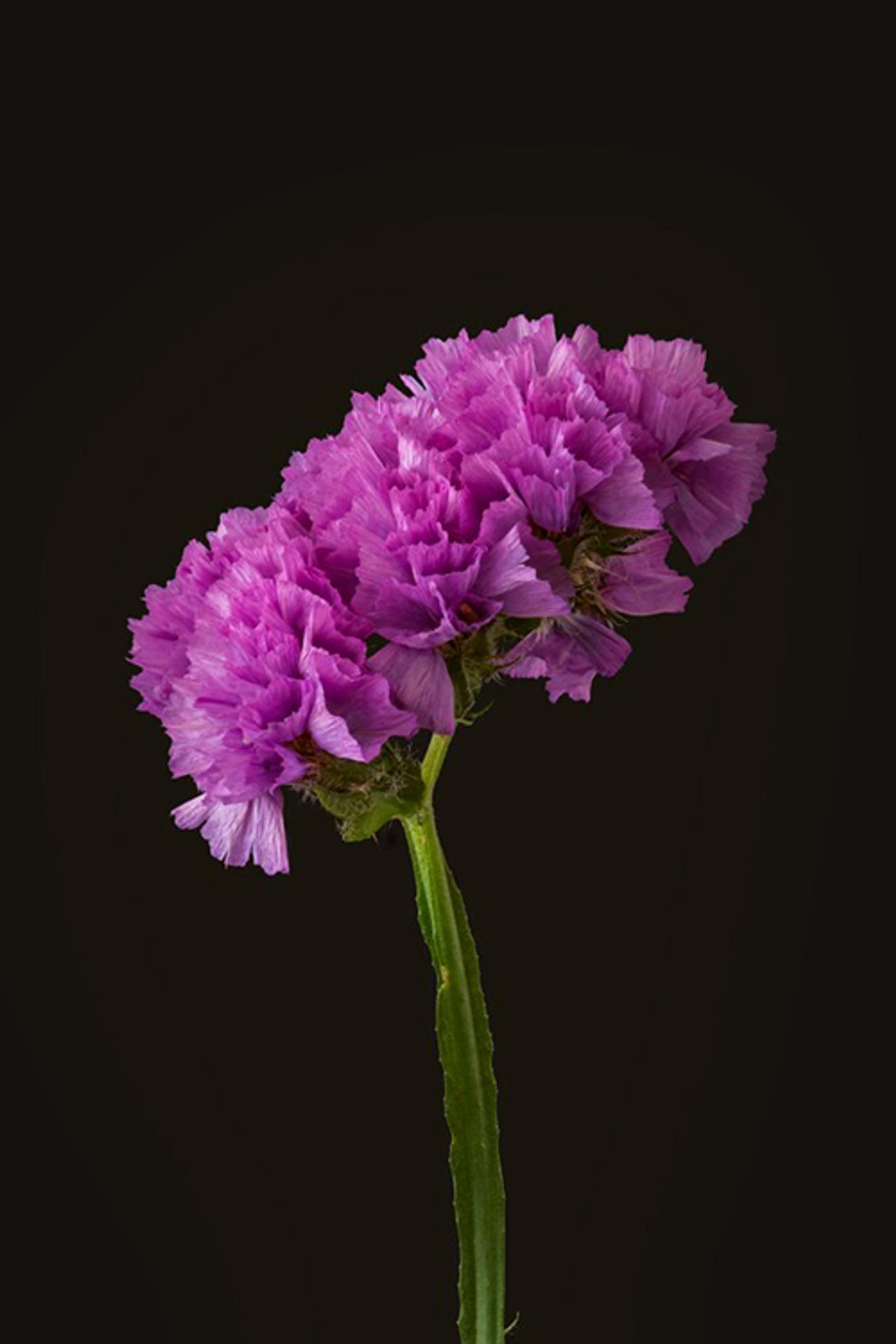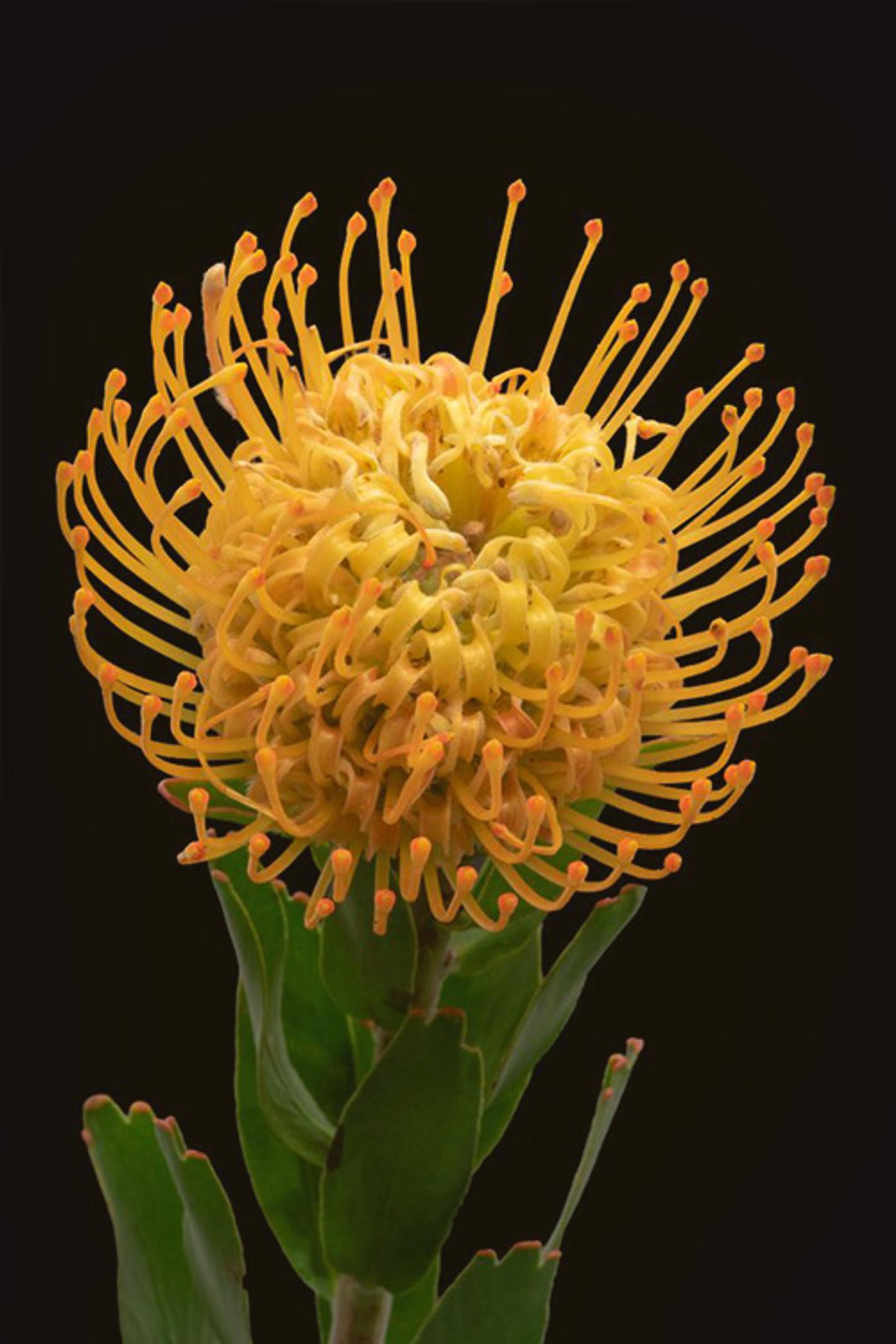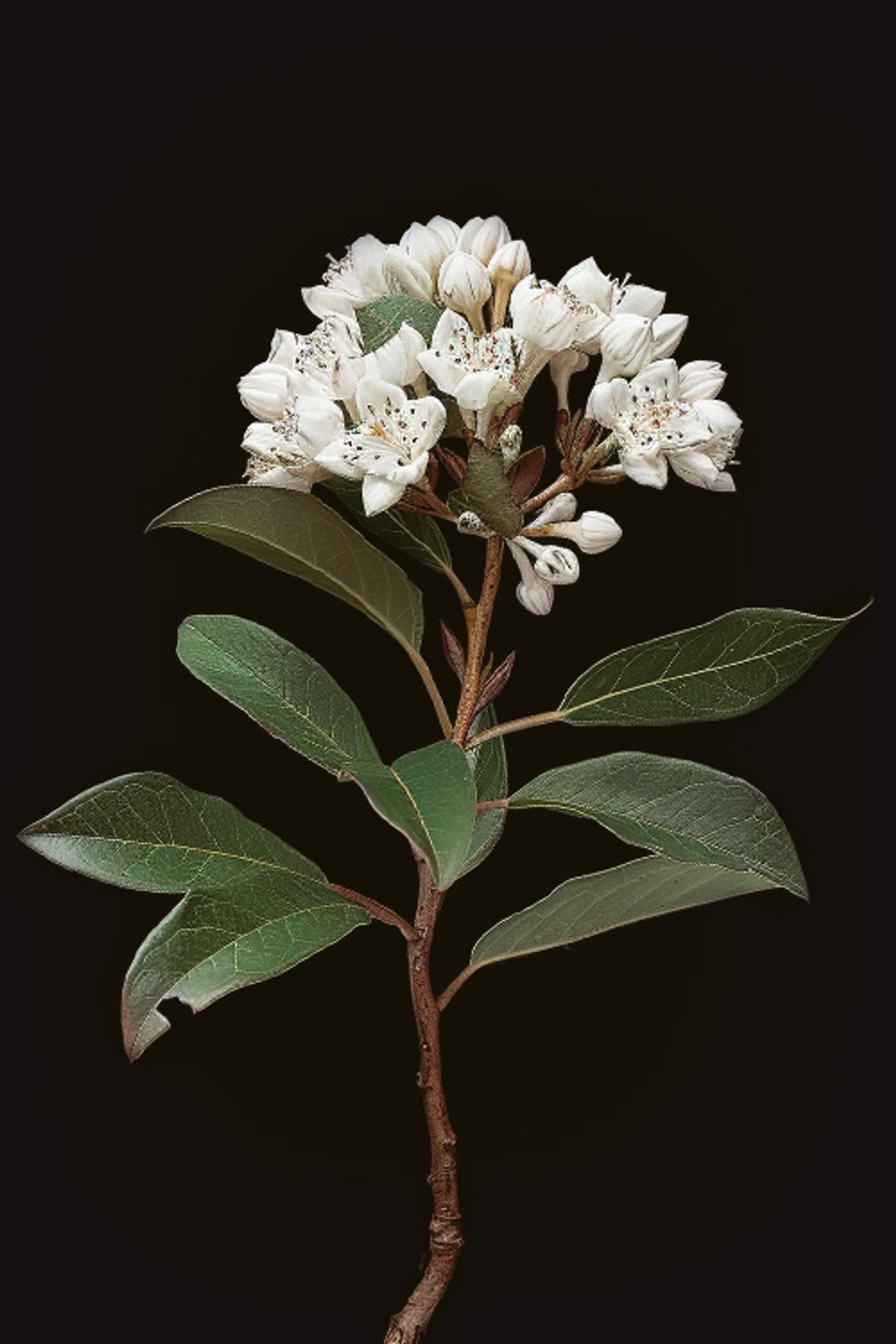Unwrapped Blog
A Lovingly blog covering all the feels
FLOWER MEANINGS
Our ever-increasing flower encyclopedia will give you every detail you’ve ever wanted to know about every flower growing under the sun.
Discover
Birthday Gifts for Her: Thoughtful & Unique Gift Ideas She’ll Love

How to Care for Easter Lilies: Growing & Maintaining These Beautiful Blooms
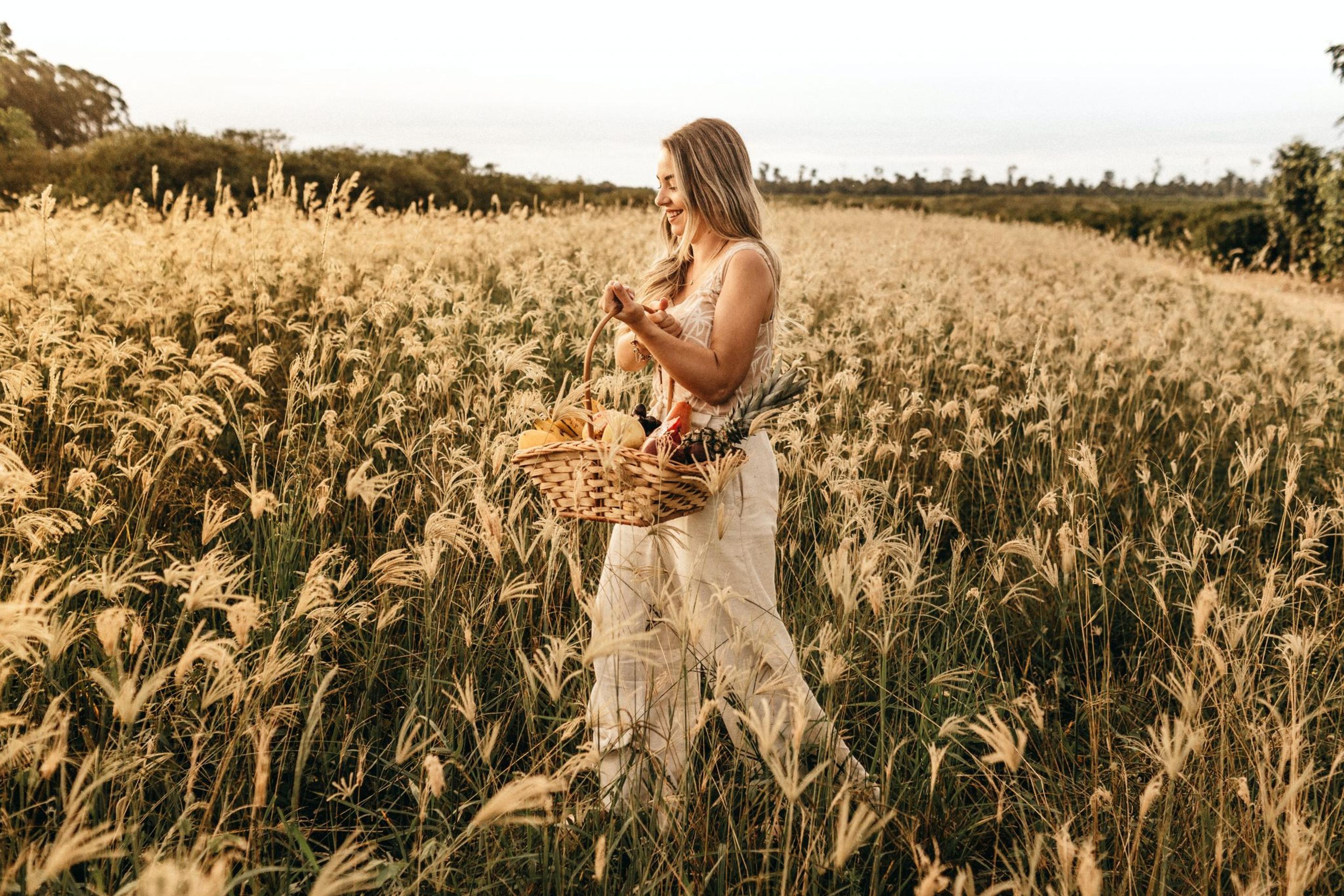
Mother’s Day History, Meaning & Traditions: A Celebration of Moms Everywhere
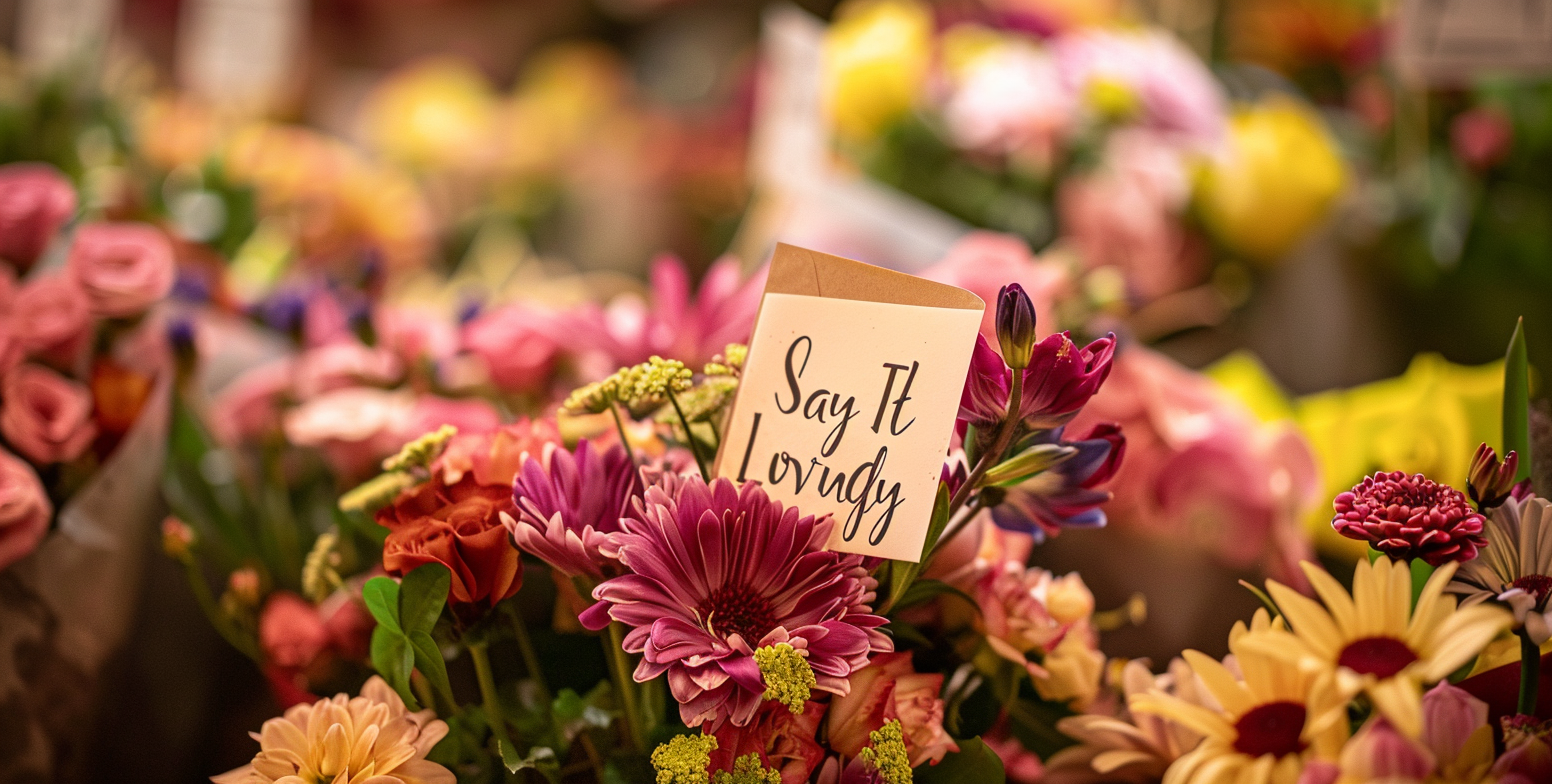
Mother’s Day Card Messages: What to Write for Every Mom in Your Life
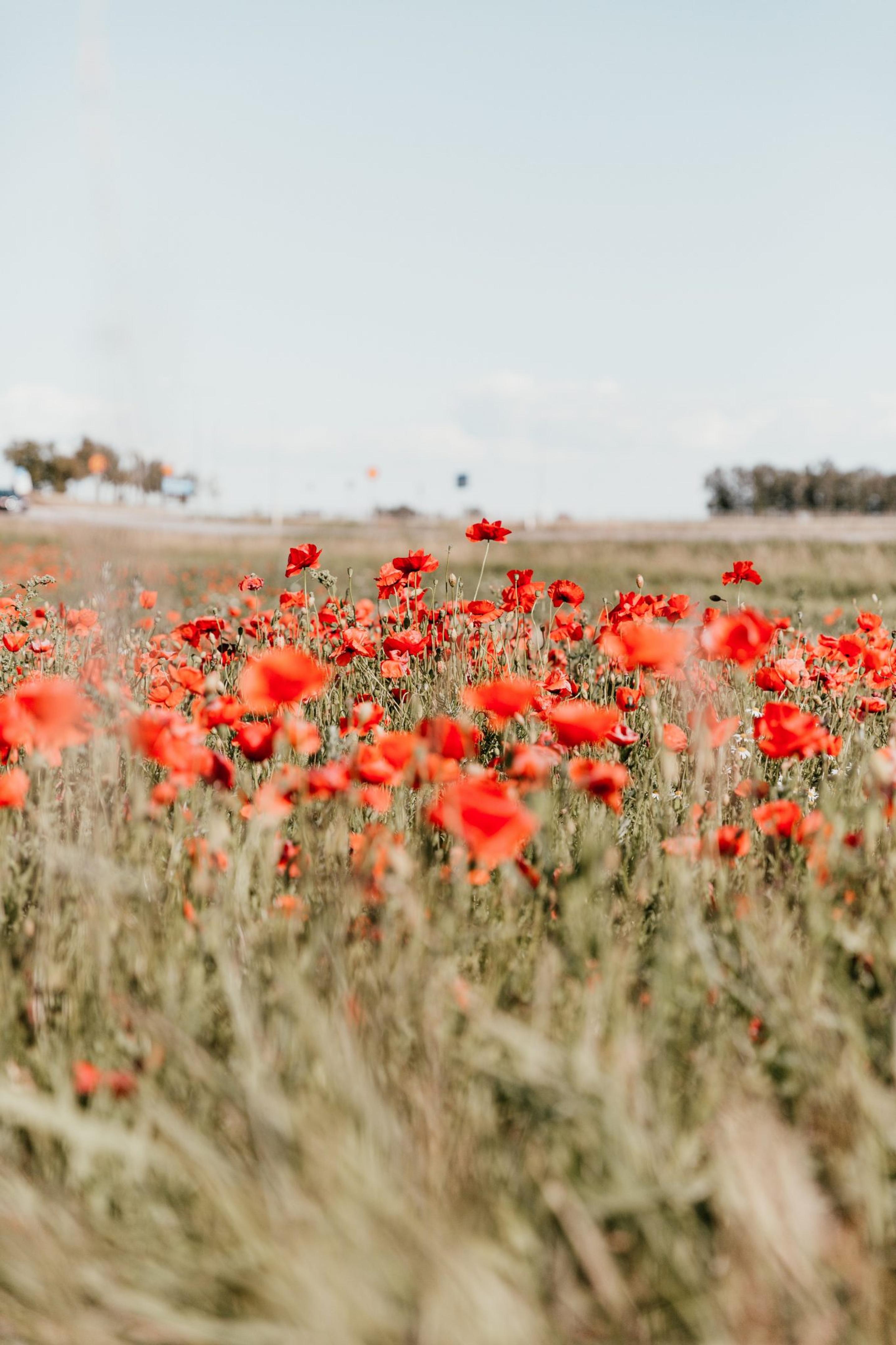
Galentine's Day Ideas & Inspiration

Valentine’s Day Quotes & Puns to Make Her Swoon
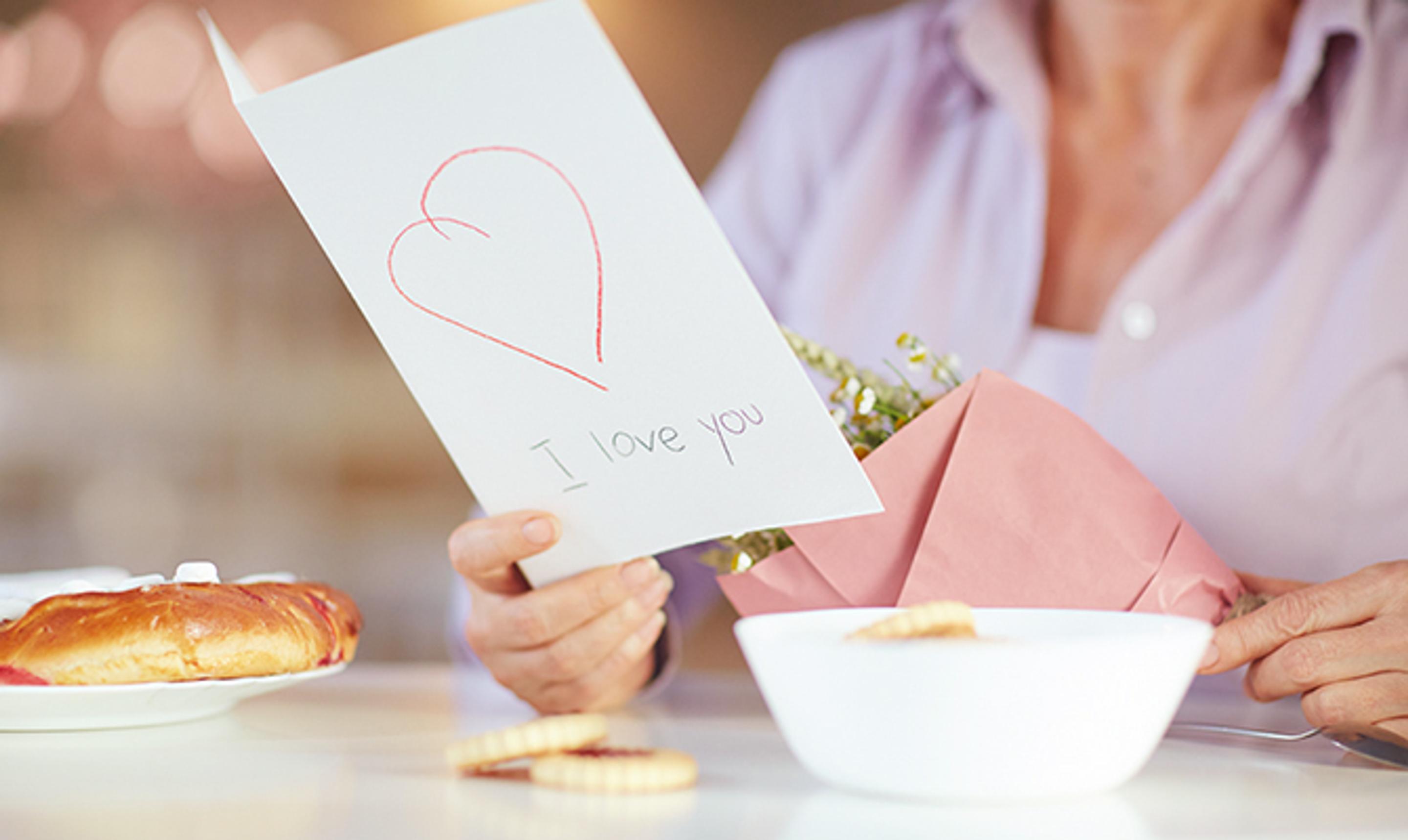
Valentine’s Day History & Meaning
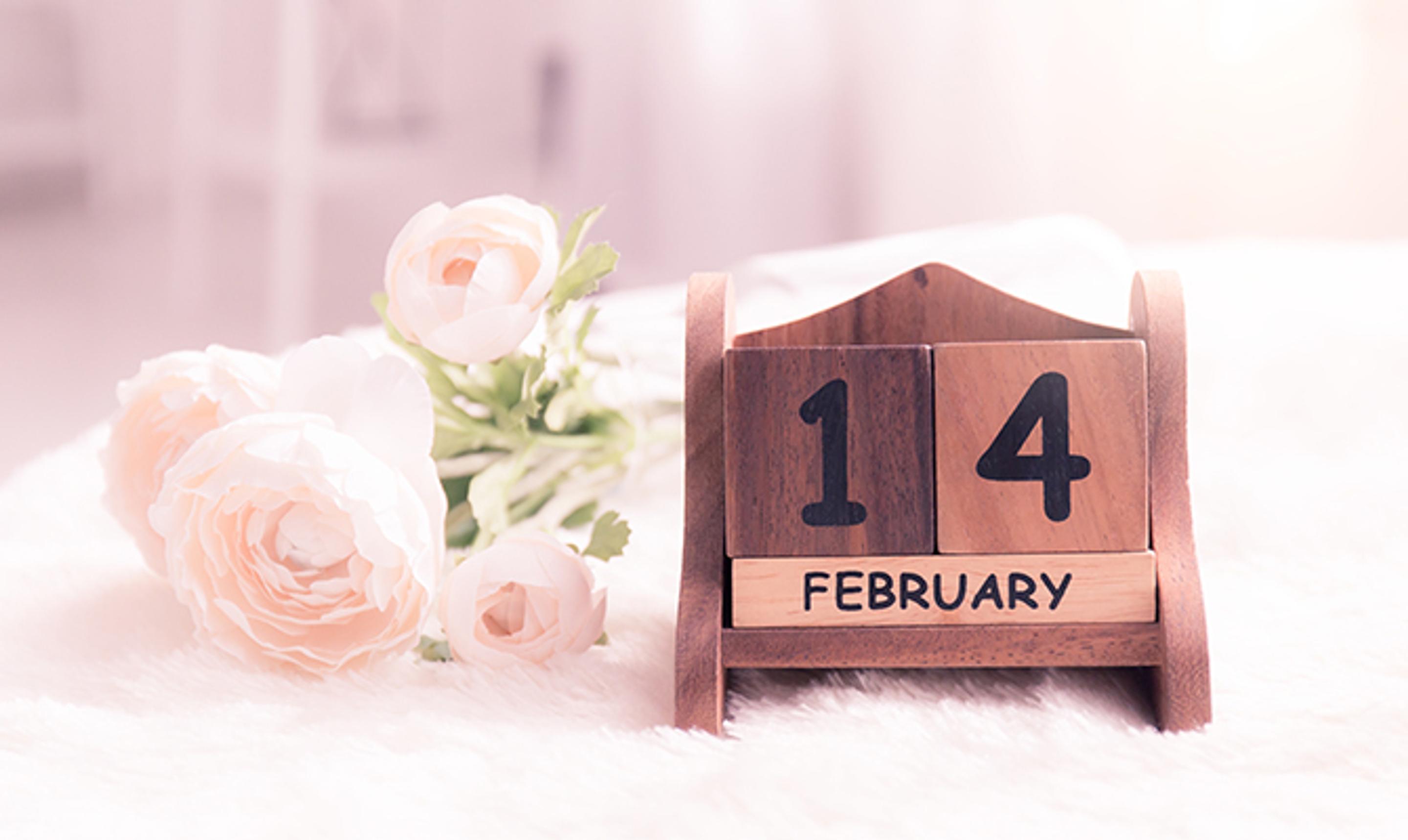
Her Guide to Valentine’s Day Ideas for Him

What to Write in a Valentine’s Day Card

Valentine’s Day Date Ideas Your Significant Other Will Love
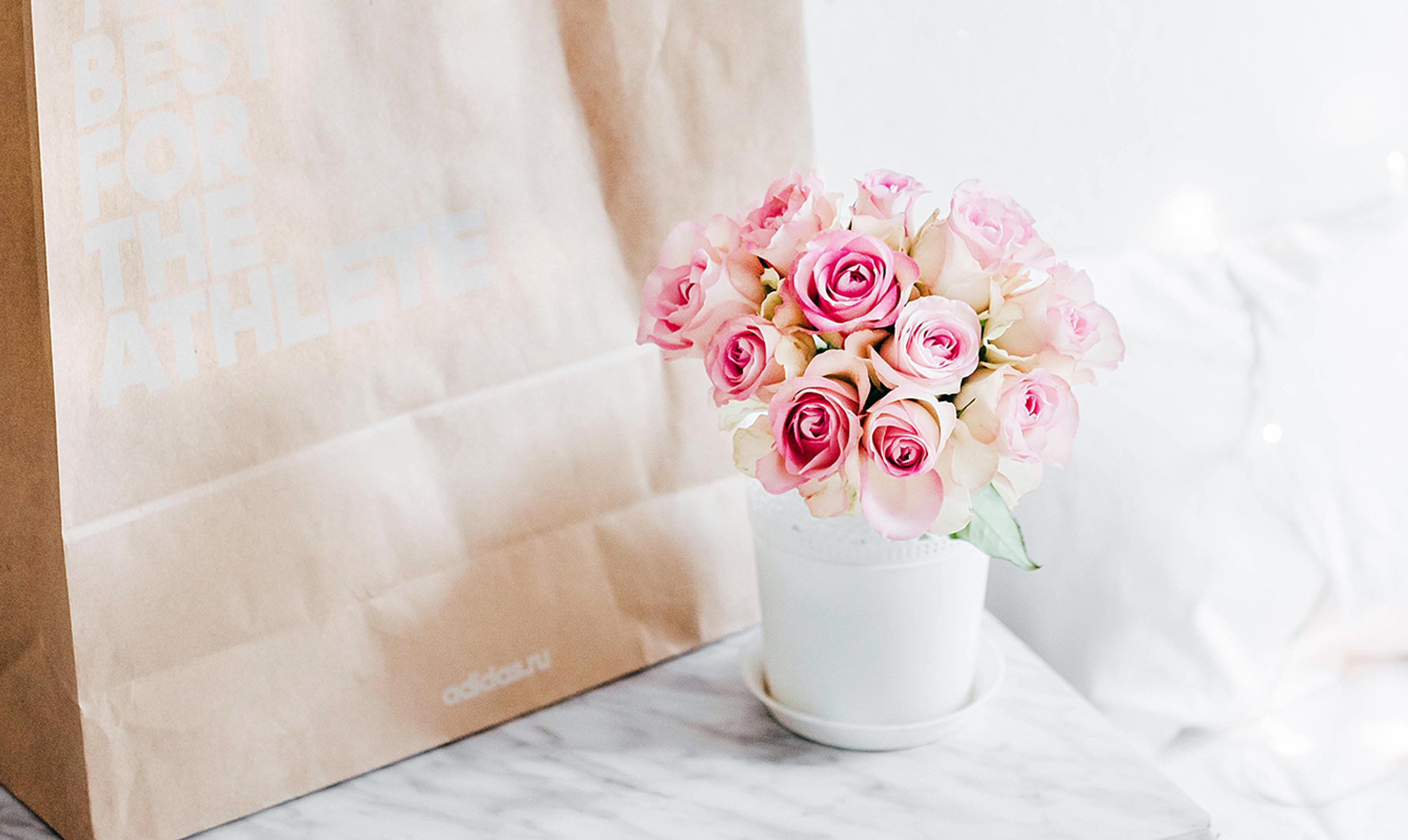
Valentine’s Day Gifts for a New Girlfriend

Valentine's Day Gift Guide for Every Relationship

7 Pet Safe Alternatives to Traditional Holiday Flowers

How to Make Flowers Last Longer
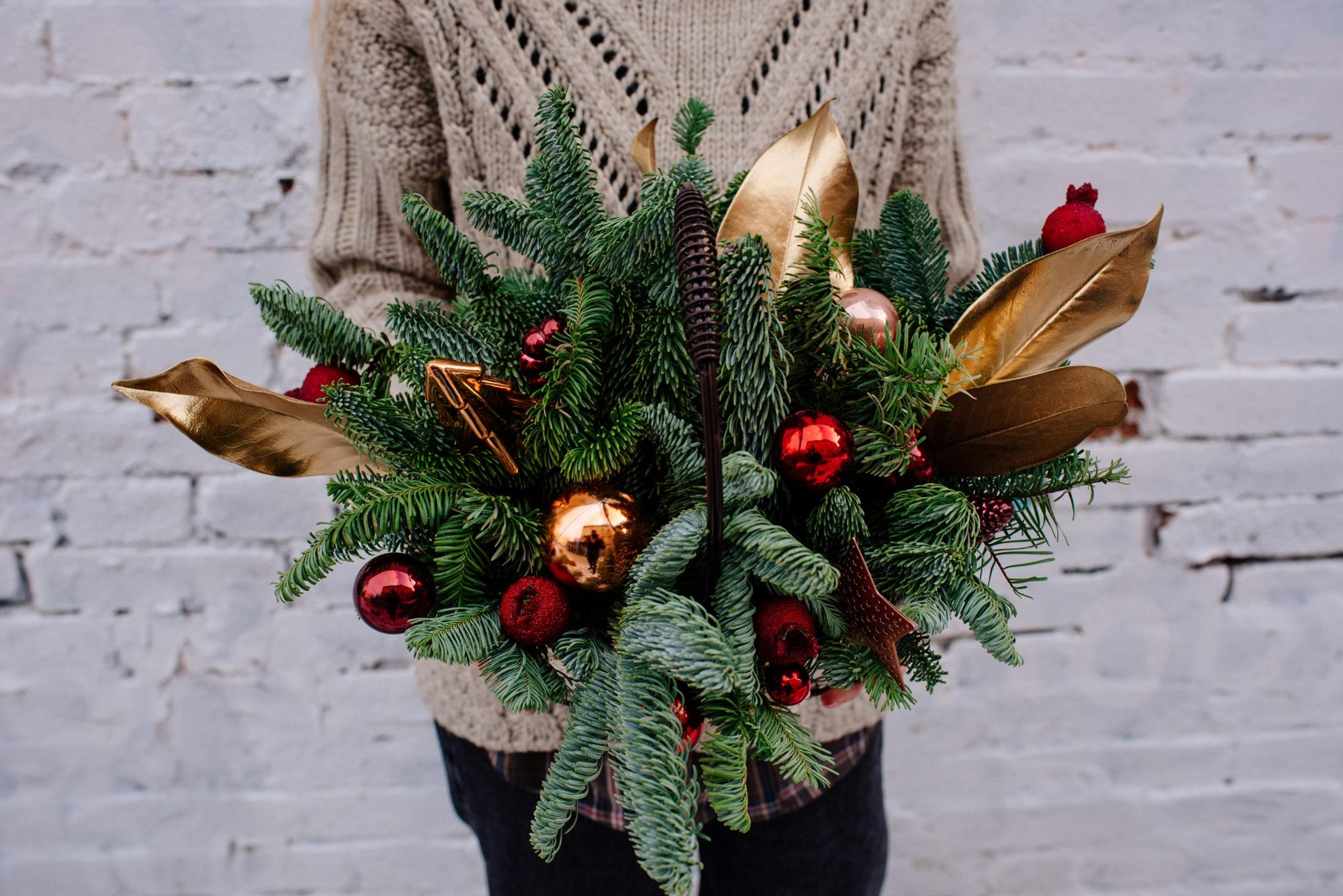
Christmas Flowers and Their Meanings

Symbolic Flowers for New Beginnings This New Year
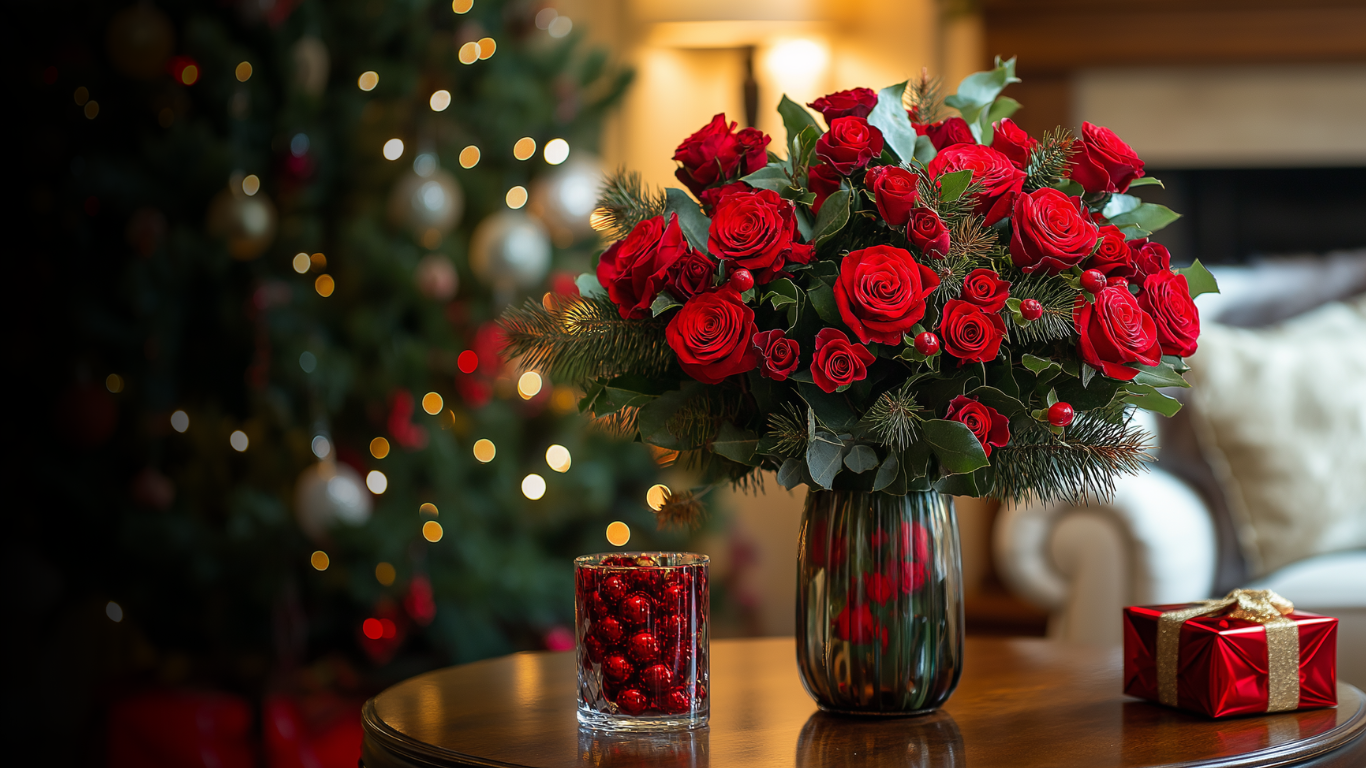
Merry & Bright Christmas Card Messages & Greetings
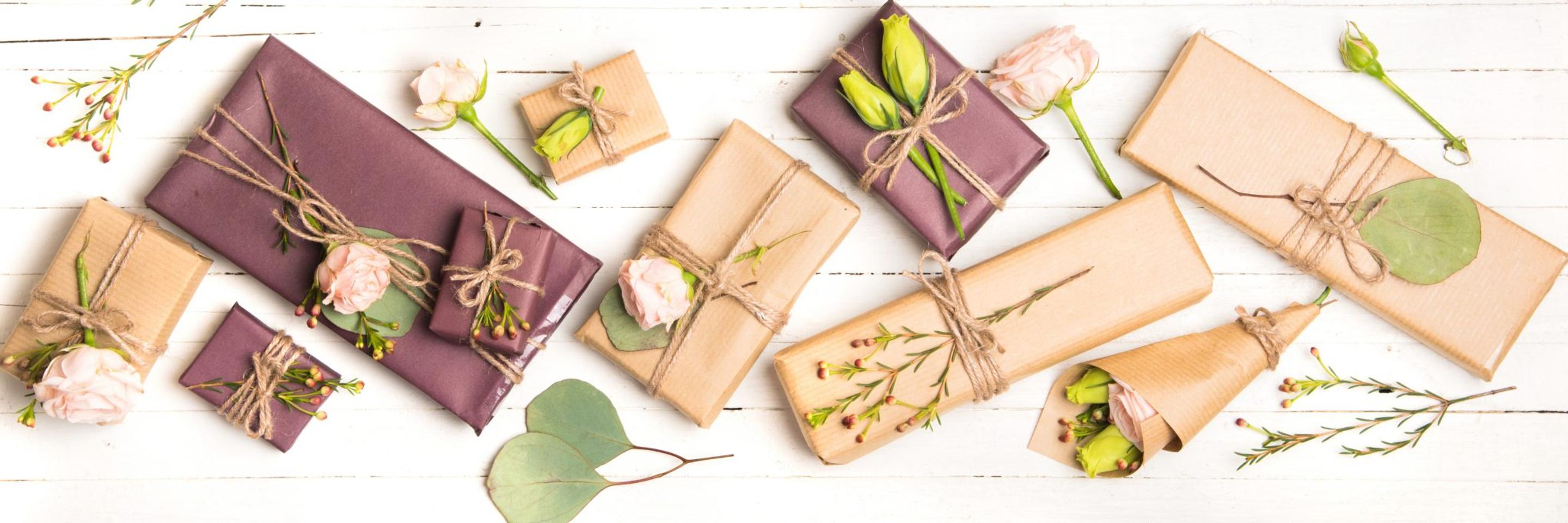
Lovingly Holiday Gift Guide for Everyone on Your List
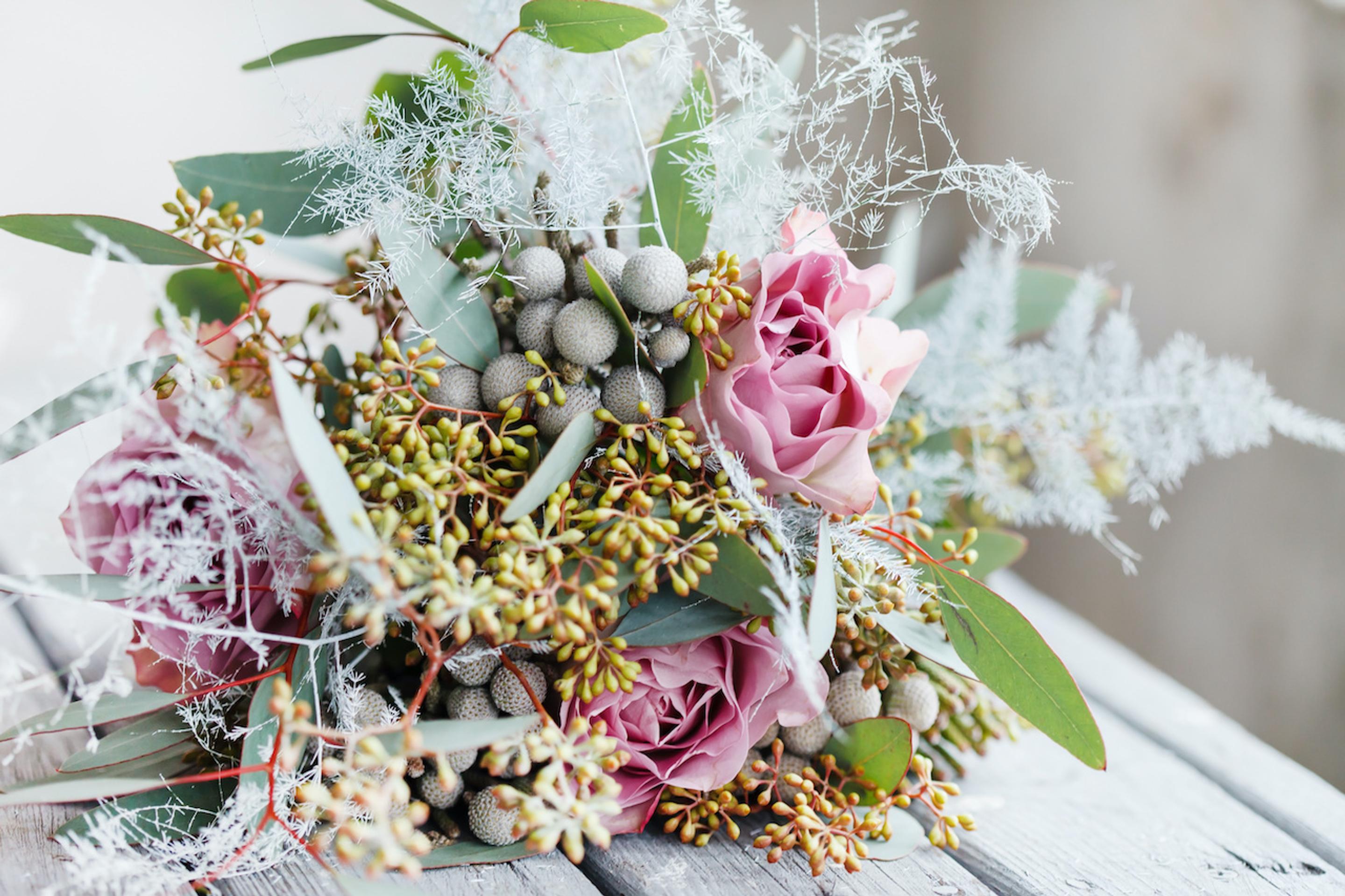
Our Guide to Cozy Winter Home Essentials & Gifts

Thanksgiving Greetings & Messages to Make Your Loved Ones’ Day

Creative Thanksgiving Centerpiece Ideas to Elevate Your Holiday Table

Everything You Need to Know About Winter Blooms

Thoughtful Thanksgiving Gift Ideas for Friends & Family
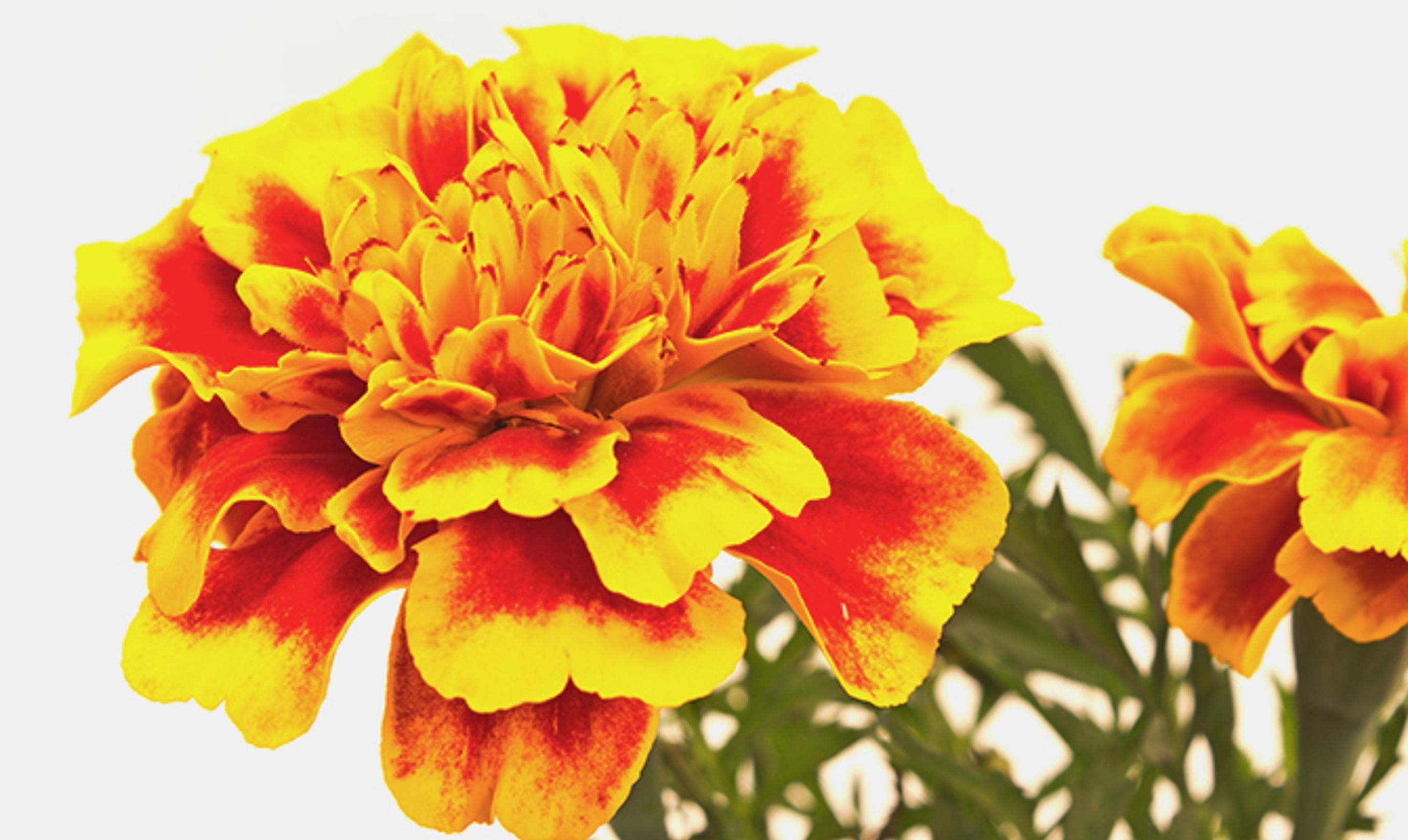
Day of the Dead Flowers, Meaning & Traditions

What To Write in a Birthday Card
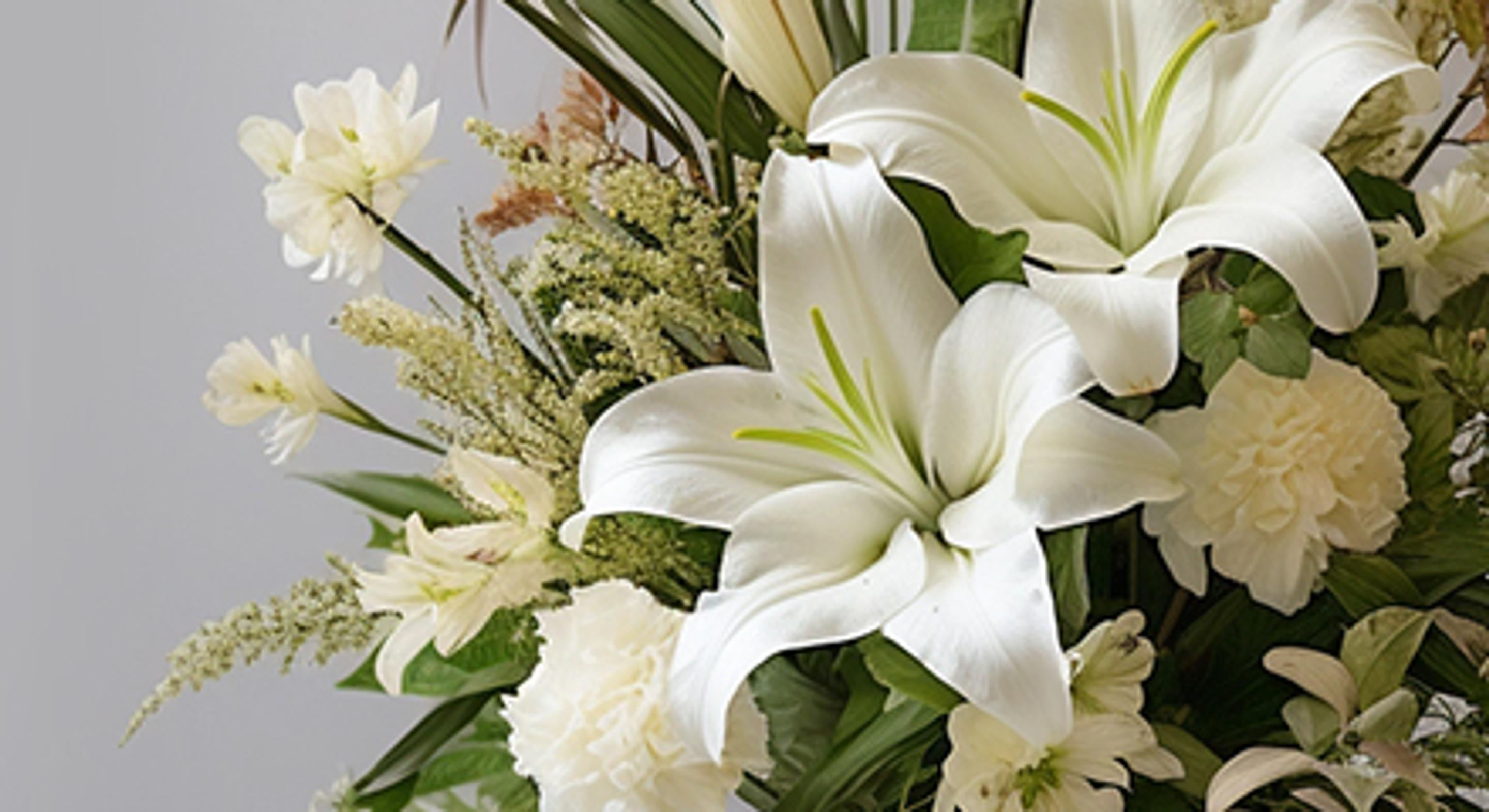
What To Write in a Sympathy Card

How to Care for Your Fresh Cut Flowers

The Ultimate Guide to Flower Care: Tips and Tricks from Lovingly's Expert Florist Community

5 Facts and Traditions of El Día de las Madres
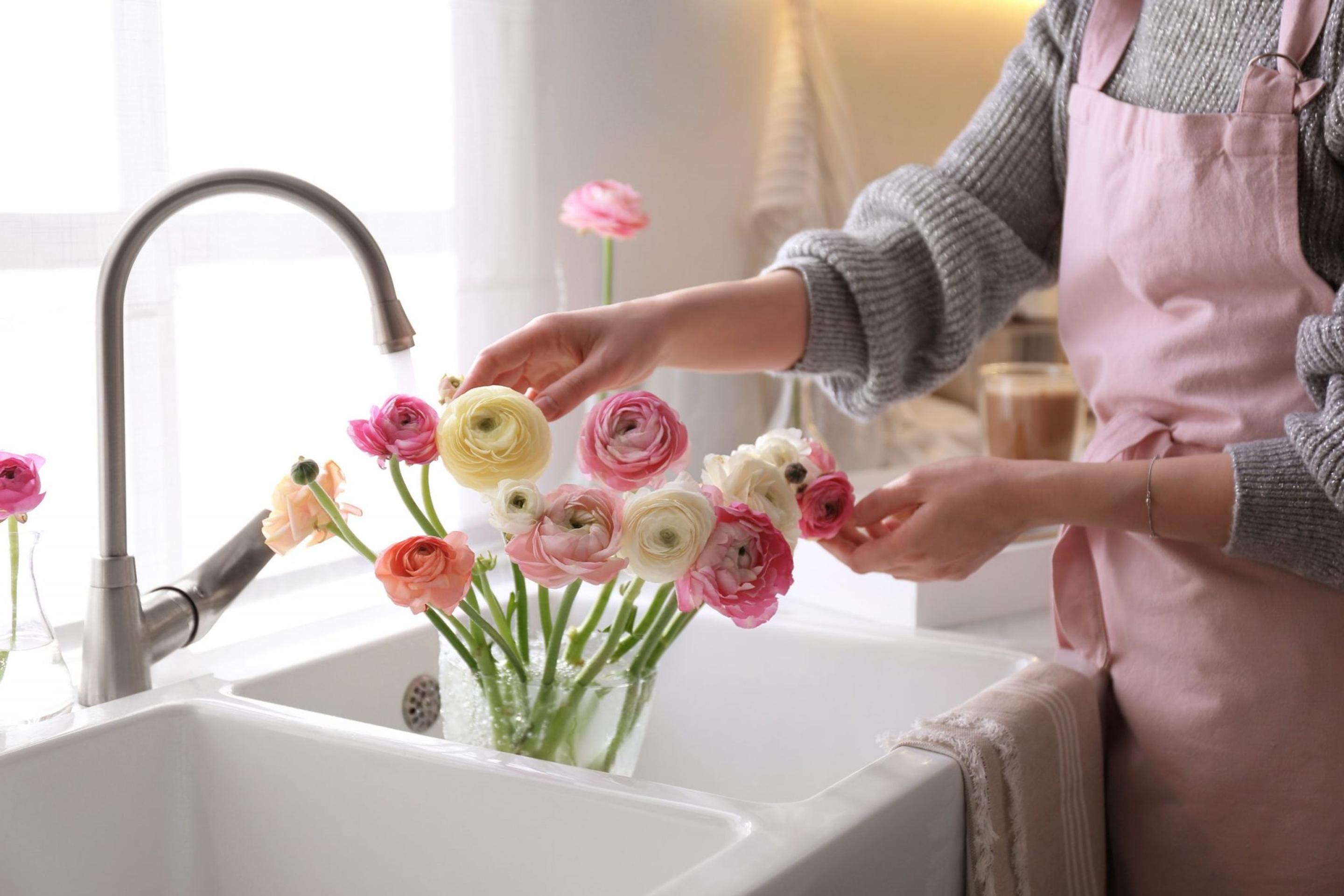
Top 11 Long-Lasting Cut Flowers
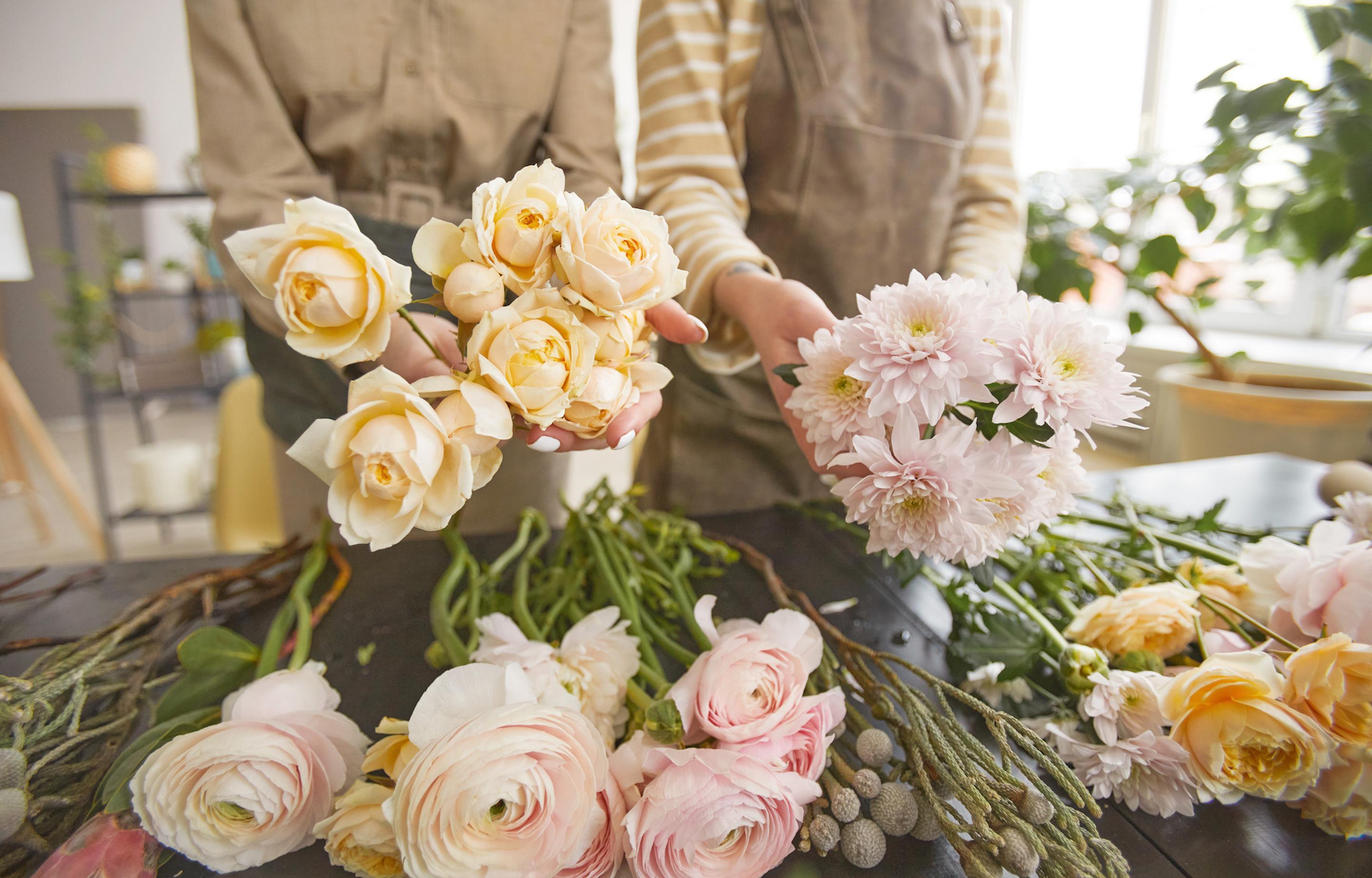
11 Ways to Show Your Favorite Florist Love this Valentine’s Day
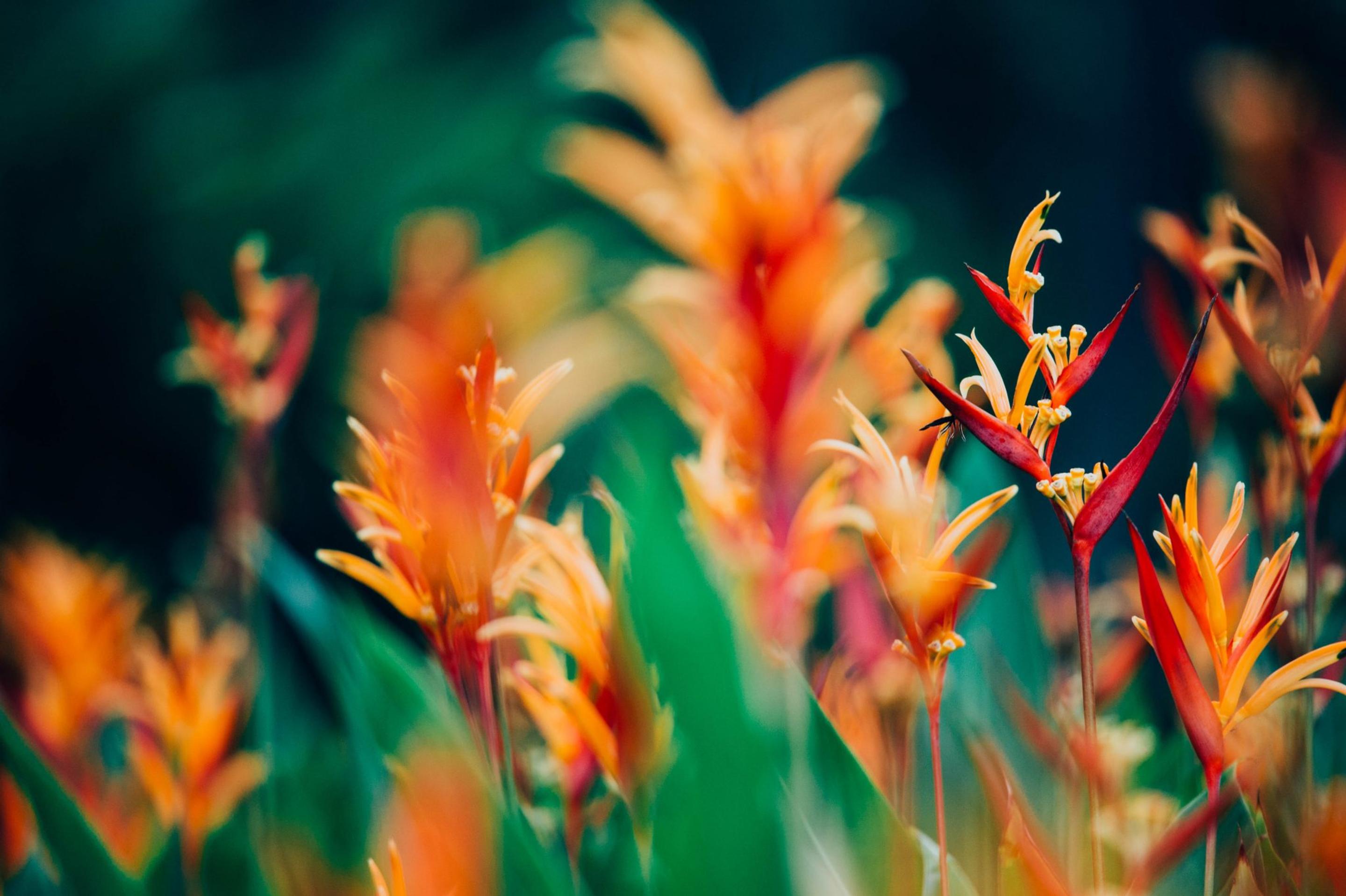
10 Most Exotic Flowers Around the World
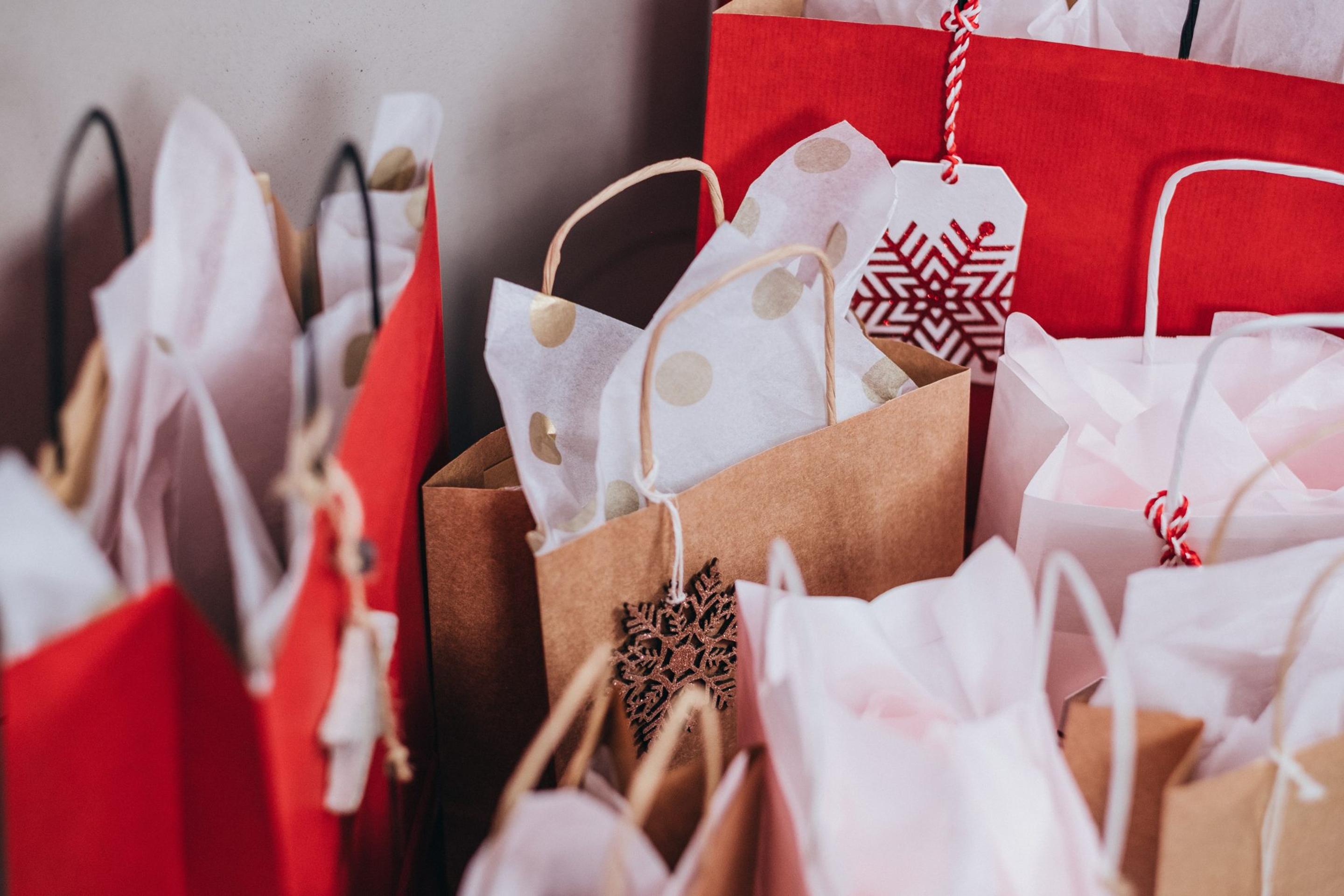
9 Ways to Shop Local This Holiday Season
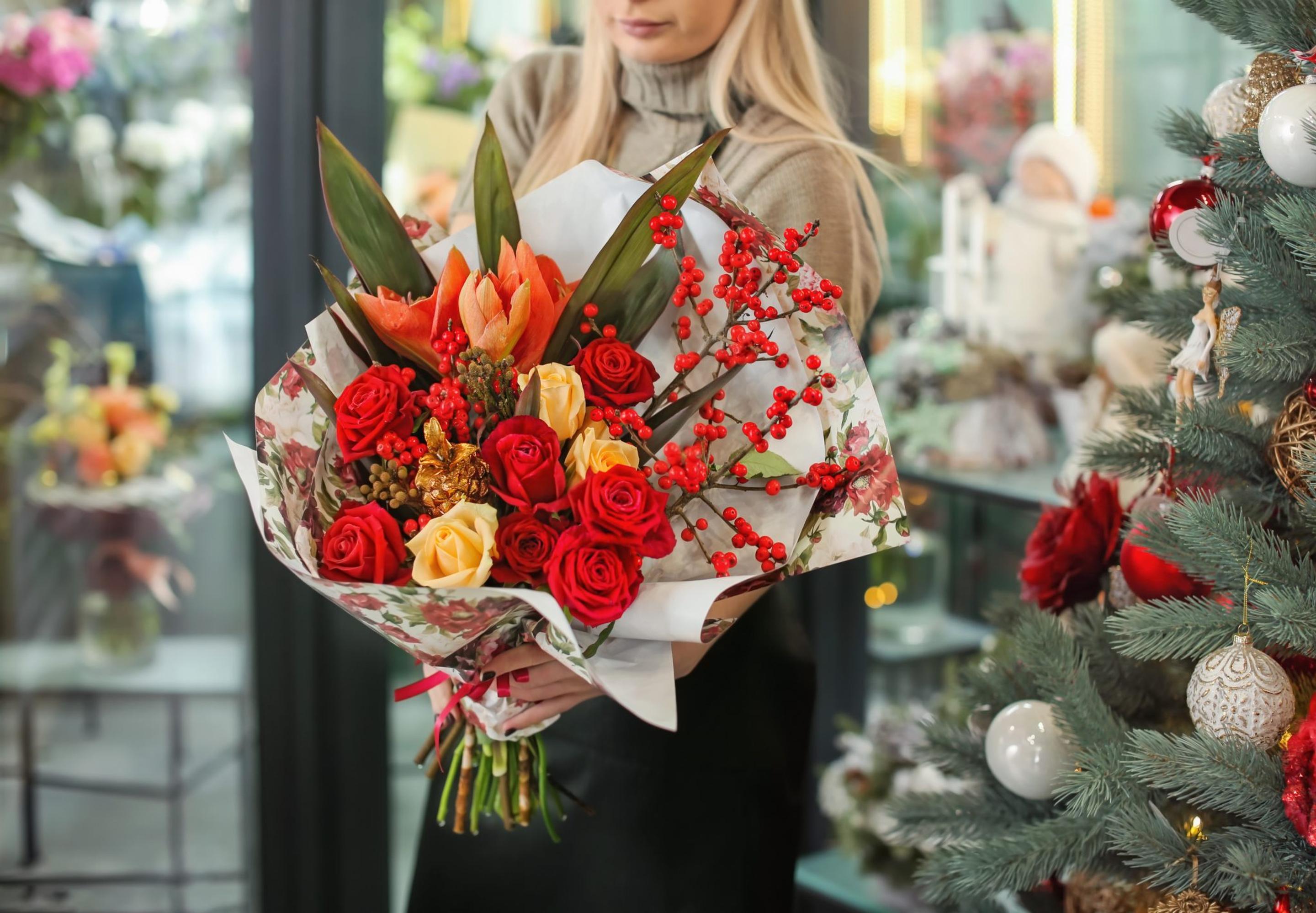
Holiday Parties: When Should You Bring Flowers?
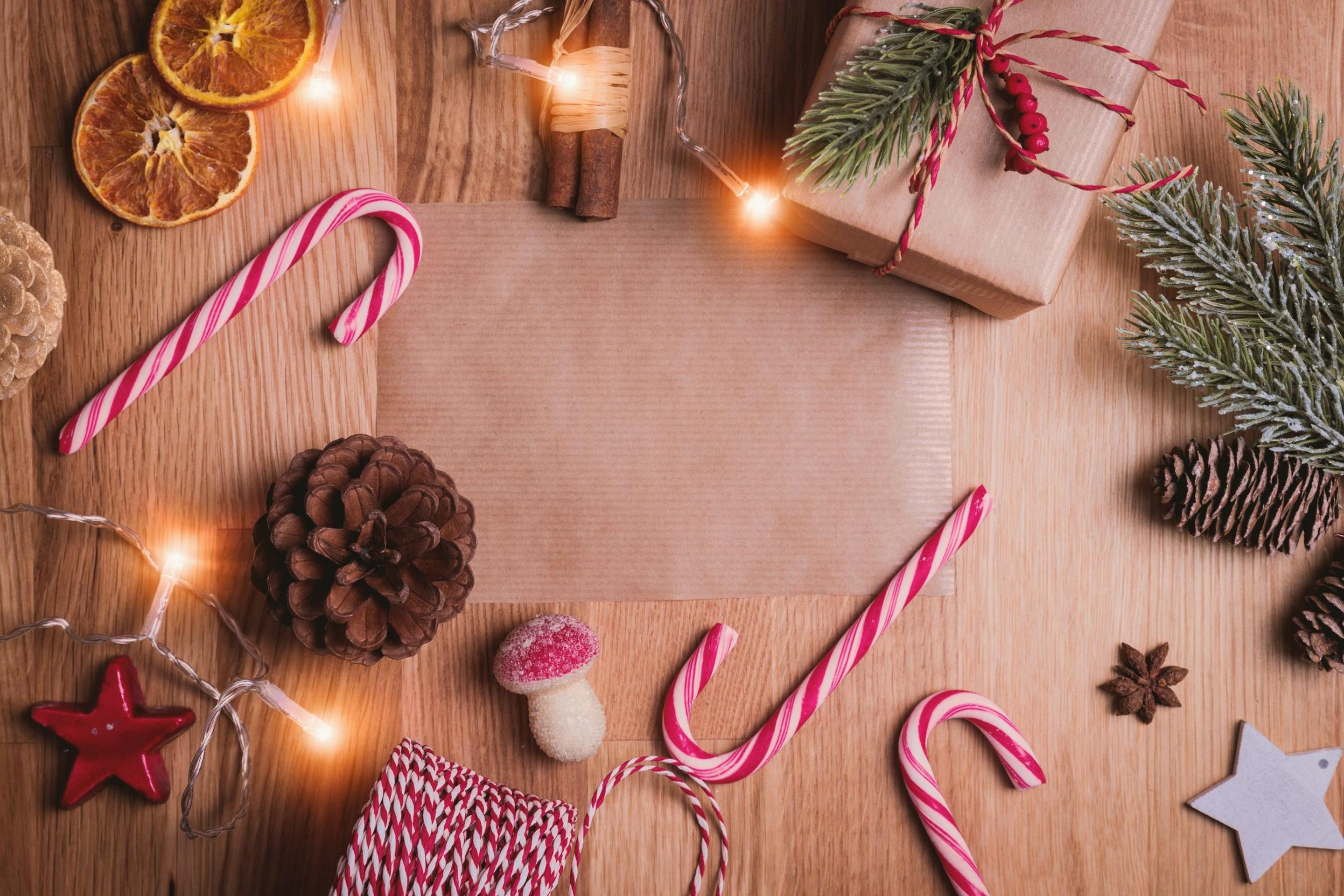
Our Favorite Holiday Traditions
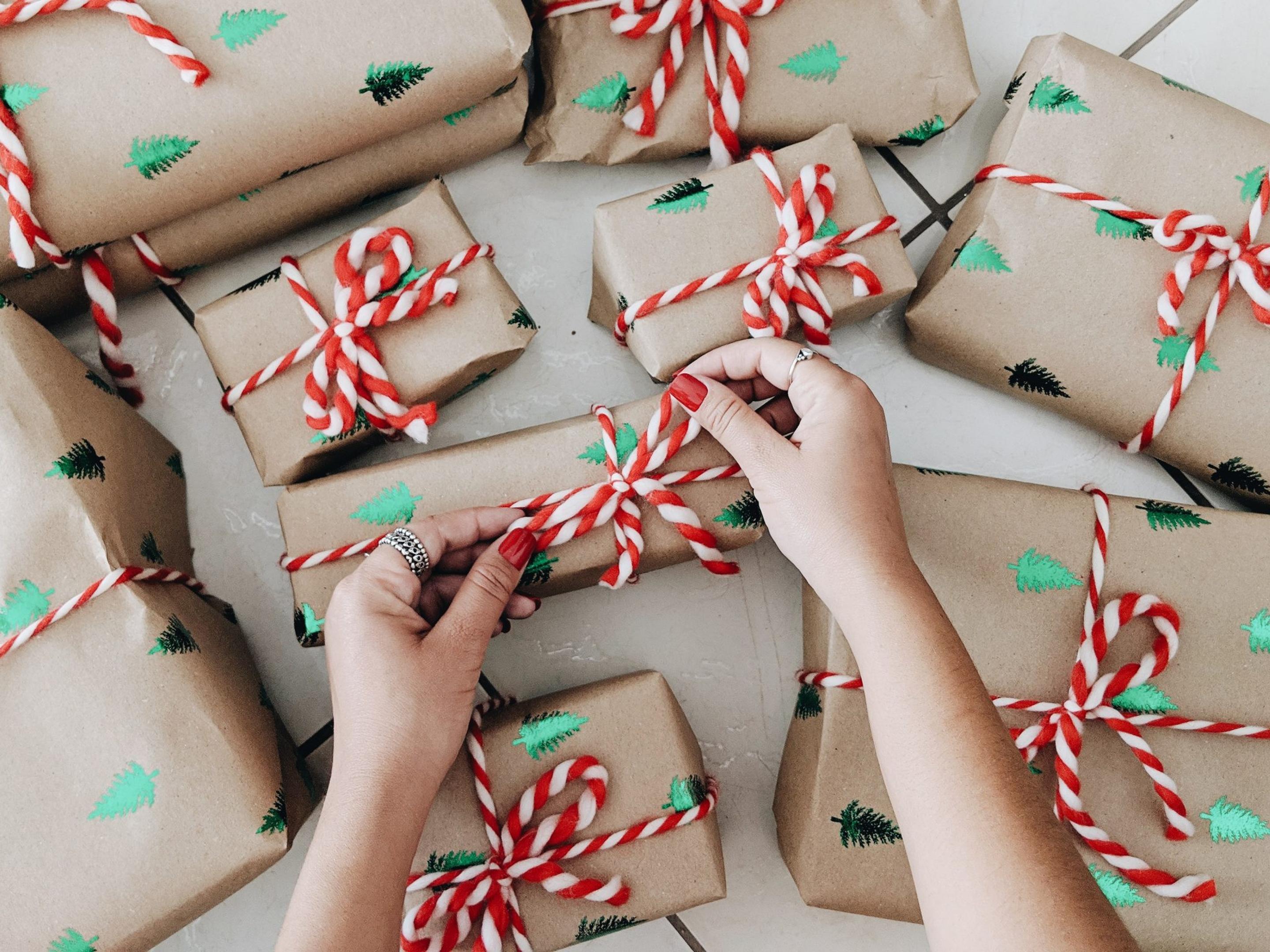
Holiday Gift Ideas for Mom
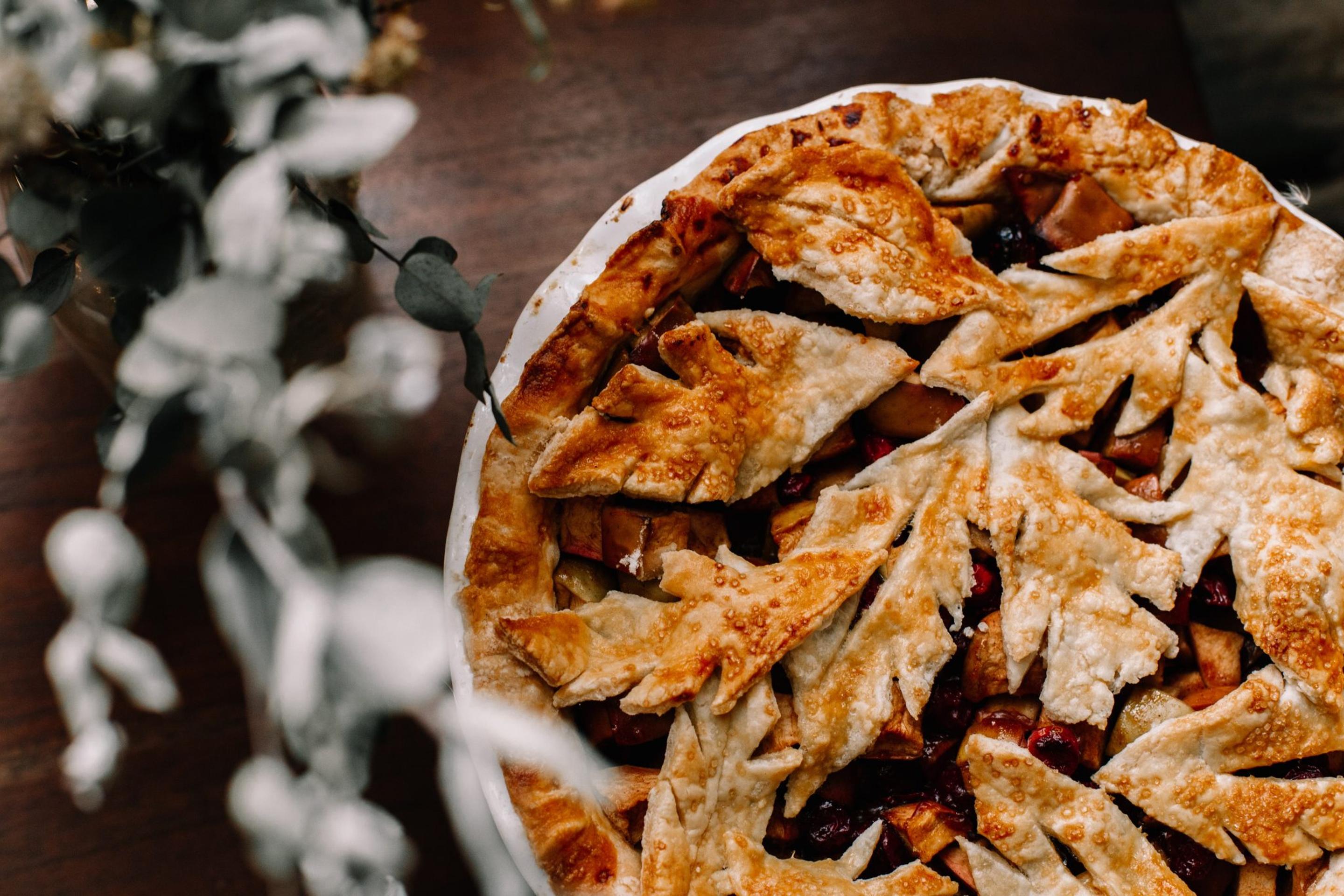
6 Thanksgiving Traditions Around the World
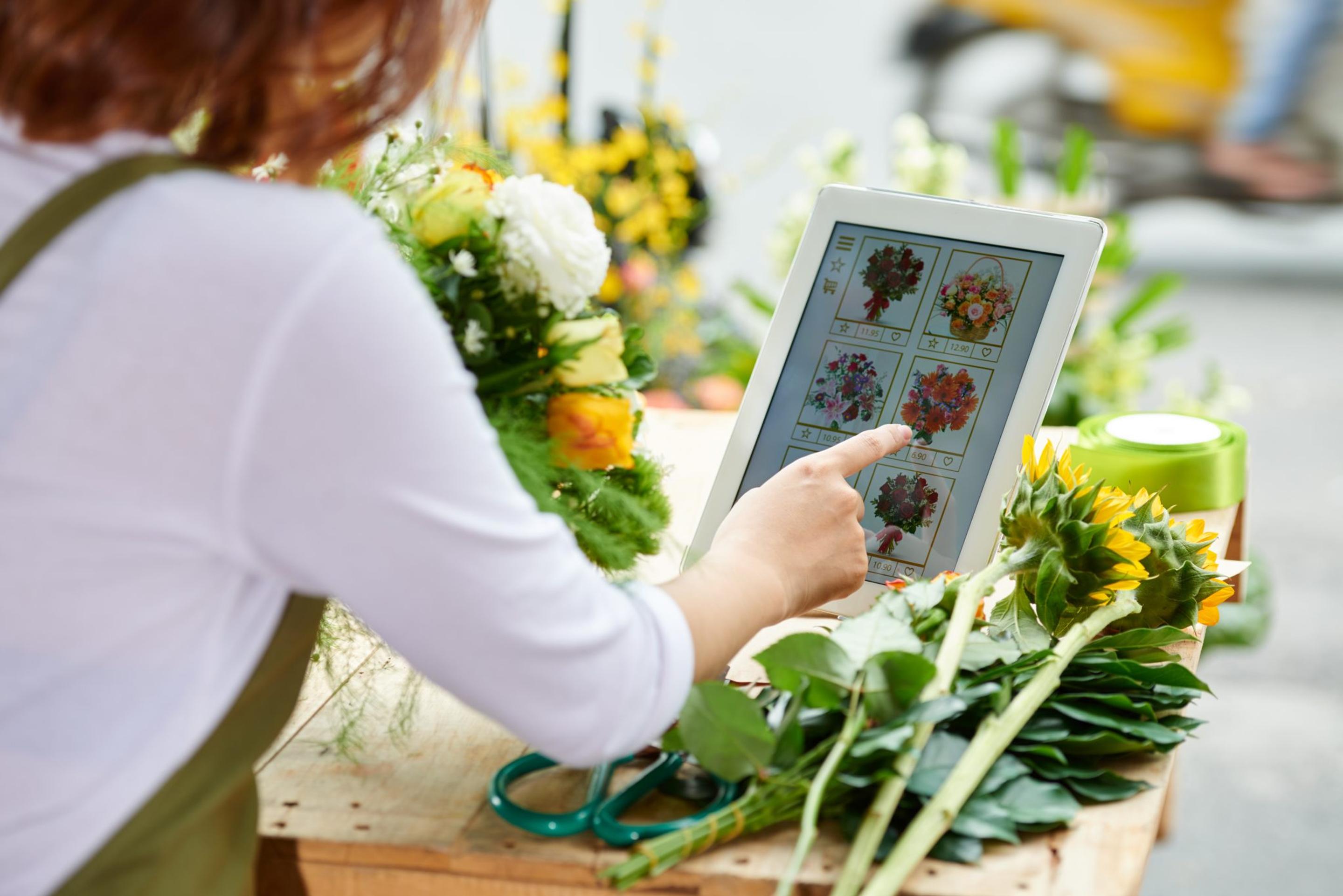
5 of the Craziest Reasons People Have Sent Flowers

Top 7 Flowers to Send On Admin Day

11 Ways You Can Be A Happier Person This Year
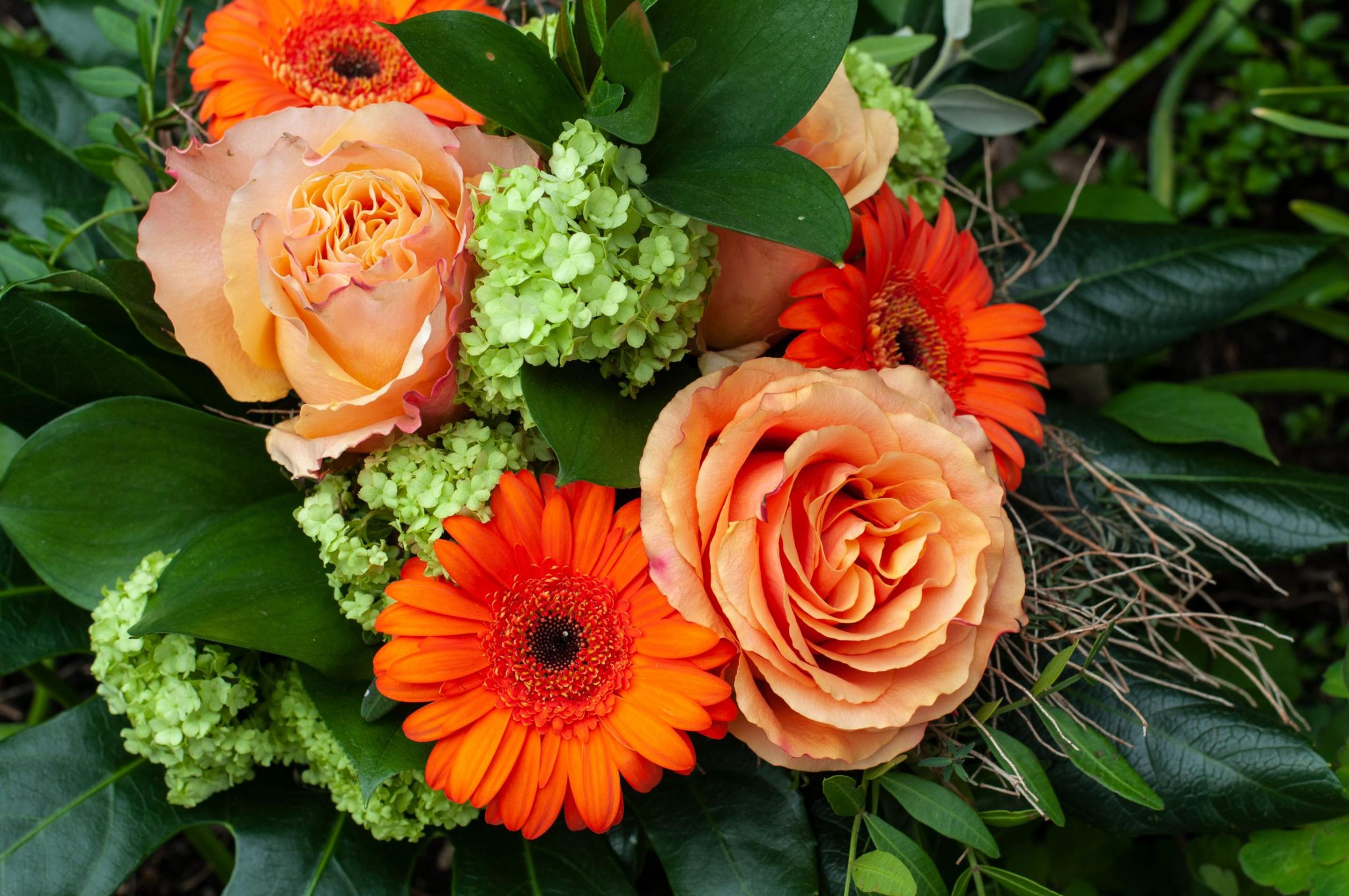
Top 9 Irish Flowers to Send This St. Patrick’s Day

Tips for Buying Valentine’s Day Flowers

7 Ways to Celebrate Yourself this Valentine’s Day

Holiday Decorating with Tips from Local Florists

9 Things to Know About Getting Married on Valentine’s Day
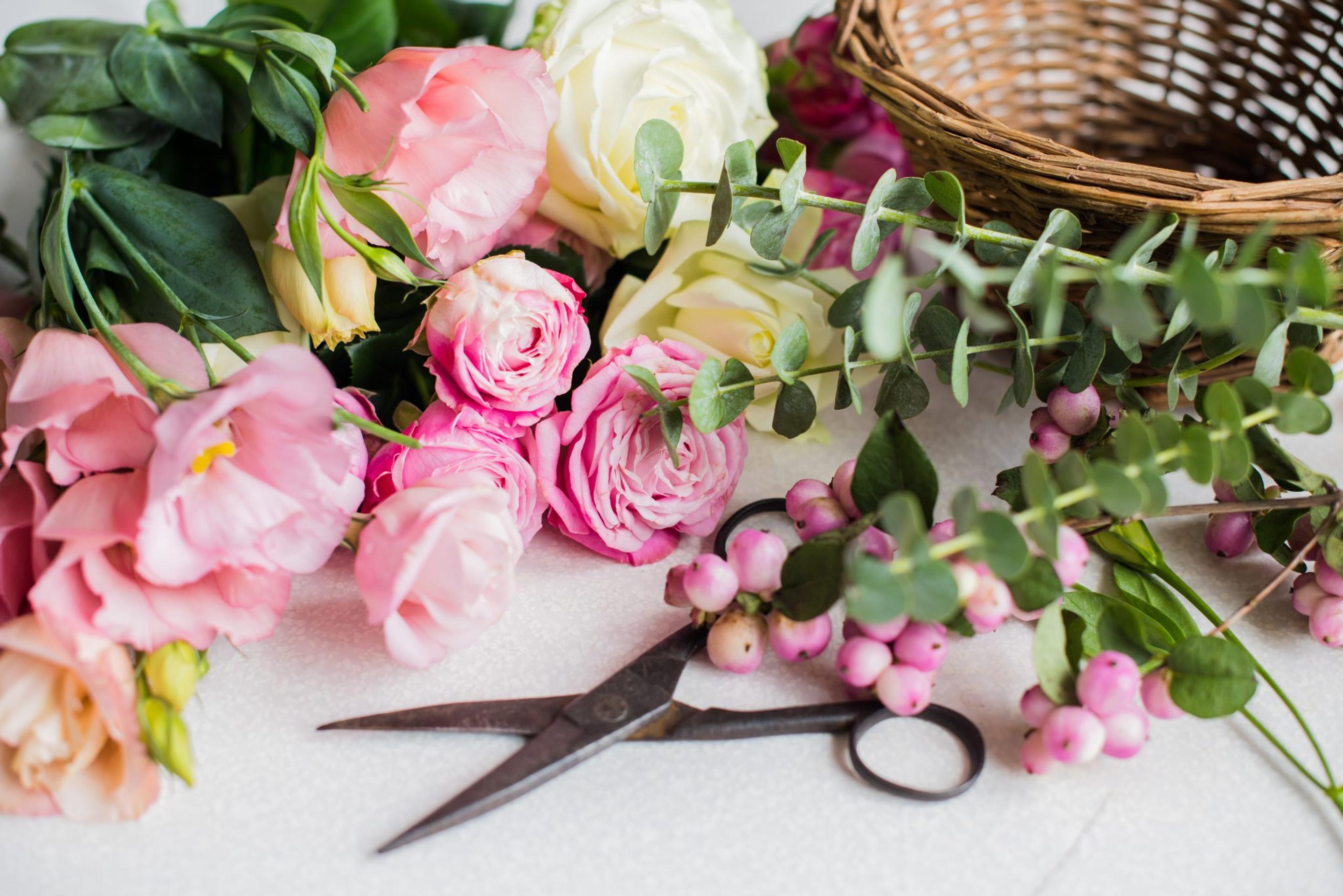
7 Long Lasting Florals for Valentine’s Day
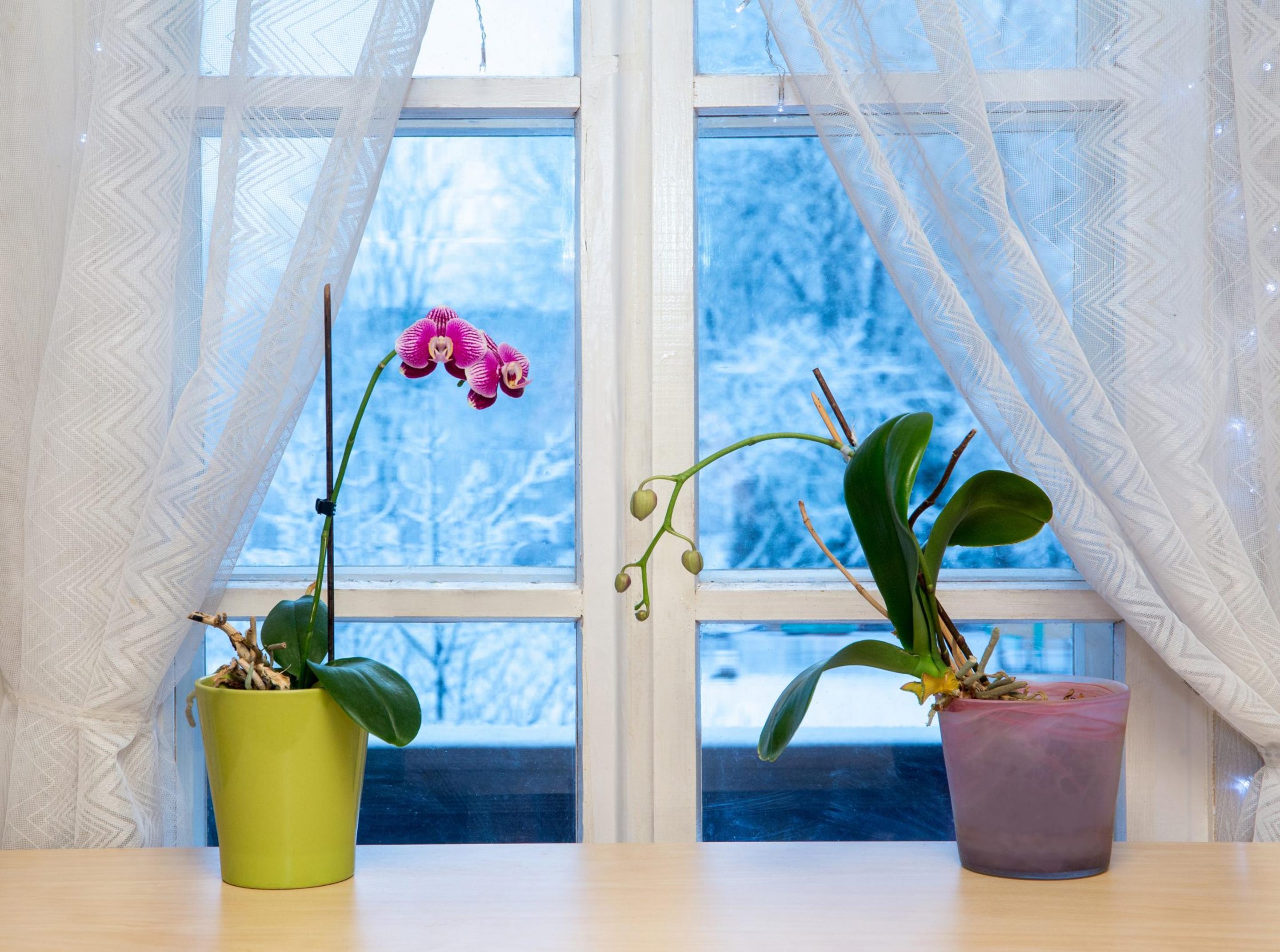
Survival Guide: Dark Winter Days

5 Reasons to Shop Florist’s Choice

Birthday Gifts for Her: Thoughtful & Unique Gift Ideas She’ll Love

How to Care for Easter Lilies: Growing & Maintaining These Beautiful Blooms

Mother’s Day History, Meaning & Traditions: A Celebration of Moms Everywhere

Mother’s Day Card Messages: What to Write for Every Mom in Your Life

Galentine's Day Ideas & Inspiration

Valentine’s Day Quotes & Puns to Make Her Swoon

Valentine’s Day History & Meaning

Her Guide to Valentine’s Day Ideas for Him

What to Write in a Valentine’s Day Card

Valentine’s Day Date Ideas Your Significant Other Will Love

Valentine’s Day Gifts for a New Girlfriend

Valentine's Day Gift Guide for Every Relationship

7 Pet Safe Alternatives to Traditional Holiday Flowers

How to Make Flowers Last Longer

Christmas Flowers and Their Meanings

Symbolic Flowers for New Beginnings This New Year

Merry & Bright Christmas Card Messages & Greetings

Lovingly Holiday Gift Guide for Everyone on Your List

Our Guide to Cozy Winter Home Essentials & Gifts

Thanksgiving Greetings & Messages to Make Your Loved Ones’ Day

Creative Thanksgiving Centerpiece Ideas to Elevate Your Holiday Table

Everything You Need to Know About Winter Blooms

Thoughtful Thanksgiving Gift Ideas for Friends & Family

Day of the Dead Flowers, Meaning & Traditions

What To Write in a Birthday Card

What To Write in a Sympathy Card

How to Care for Your Fresh Cut Flowers

The Ultimate Guide to Flower Care: Tips and Tricks from Lovingly's Expert Florist Community

5 Facts and Traditions of El Día de las Madres

Top 11 Long-Lasting Cut Flowers

11 Ways to Show Your Favorite Florist Love this Valentine’s Day

10 Most Exotic Flowers Around the World

9 Ways to Shop Local This Holiday Season

Holiday Parties: When Should You Bring Flowers?

Our Favorite Holiday Traditions

Holiday Gift Ideas for Mom

6 Thanksgiving Traditions Around the World

5 of the Craziest Reasons People Have Sent Flowers

Top 7 Flowers to Send On Admin Day

11 Ways You Can Be A Happier Person This Year

Top 9 Irish Flowers to Send This St. Patrick’s Day

Tips for Buying Valentine’s Day Flowers

7 Ways to Celebrate Yourself this Valentine’s Day

Holiday Decorating with Tips from Local Florists

9 Things to Know About Getting Married on Valentine’s Day

7 Long Lasting Florals for Valentine’s Day

Survival Guide: Dark Winter Days

5 Reasons to Shop Florist’s Choice

